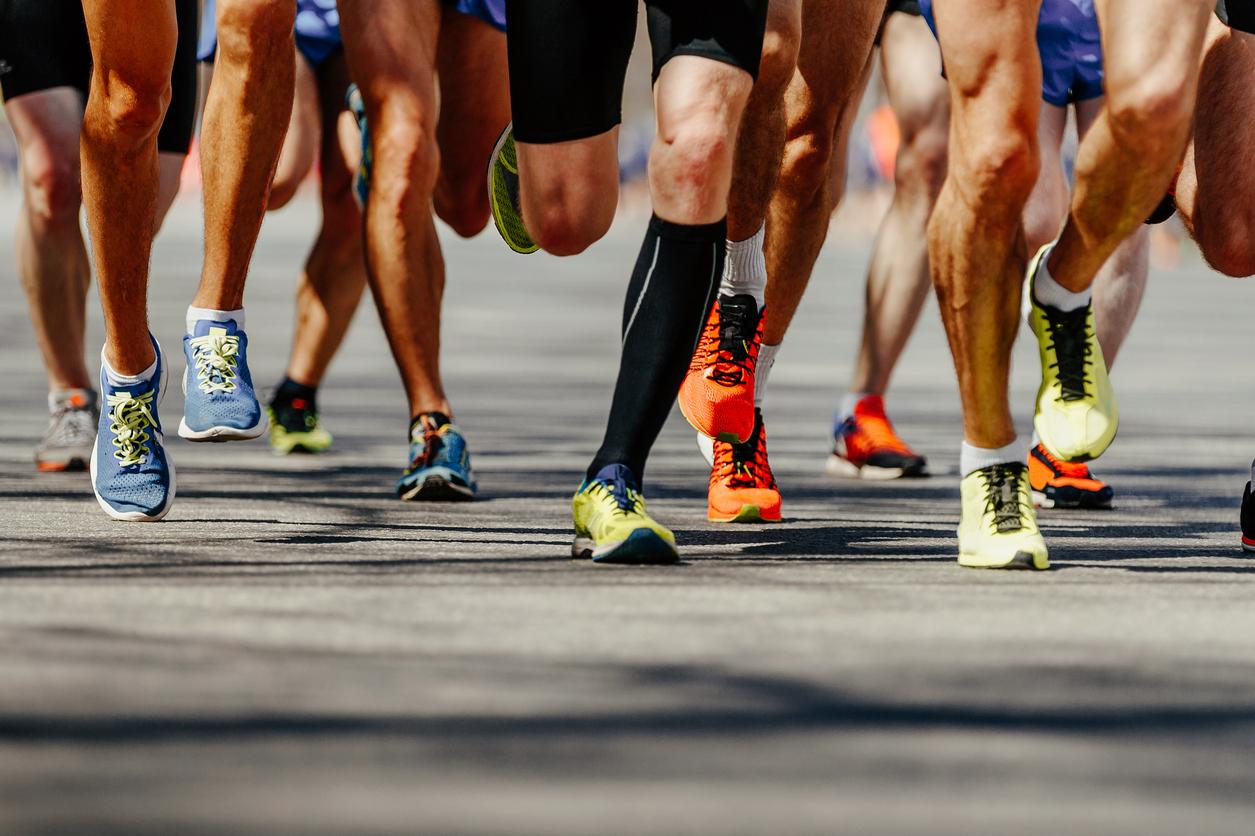
March 2, 2011 – Stretching before a jogging session would have no preventive virtue against injuries, according to an American study presented at the last annual meeting of the American Academy of Orthopedic Surgeons.
The benefits of stretching before running have been a subject of controversy for several years. To find out more, researchers recruited 1,398 joggers to participate in a 3-month assessment program. The participants, at least 13 years old and running 16 km or more per week, were then separated into 2 groups, at random.
In a first group, 600 participants had to follow a stretching routine targeting the quadriceps, hamstrings and calf muscles, lasting 3 to 5 minutes. The 798 members of the second group were to refrain from stretching before running. All had to report during the study injuries painful enough to prevent them from running for at least 1 week.
Result: the researchers identified an identical injury rate of 16% in the 2 groups. Four injury risk factors could be determined: body mass index, age, distance traveled and injury history.
Interestingly, participants who used to stretch before running but were placed in the group with no stretching routine suffered more injuries. They had 40% more risk compared to 22% for joggers who, conversely, never stretched before having to do so for the study.
According to the authors of this study, this latest finding suggests that changing the workout routine, and not the routine itself, is important in the risk of injury.
Warm up rather than stretch

Alexandre Paré
For kinesiologist Alexandre Paré, the importance of stretching before a run remains open to debate, as its effect is still poorly understood. “We do not yet fully understand the physiological mechanism of muscle and tendon flexibility. It is therefore difficult for us to understand the importance of stretching in prevention, ”he says.
What is known, however, specifies Mr. Paré, are the benefits of a good warm-up, when the body is activated in such a way as to raise the body temperature and activate the nervous and muscular systems.
Thus, not only the muscles gain in suppleness and flexibility, but the organism becomes more vigilant. This helps prevent injuries caused by unforeseen events or obstacles along the way. In the current study, participants were preparing to run passively, which may explain the results, the kinesiologist believes.
“According to my observations, 80% of injuries are due to a training volume error. Suddenly overused tendon and muscle structures become more prone to injury, he explains. When we change a routine in a non-progressive way, the body does not have time to adapt. “
It should be noted in conclusion that, all groups combined, out of the 220 injuries reported, nearly half of them were linked to a muscle tear, a strain or a stress fracture. Injuries to the feet, ankles (25%) and knees (19%) have also been reported.
It is estimated that 70 million people around the world enjoy jogging.
Louis M. Gagné – PasseportSanté.net















